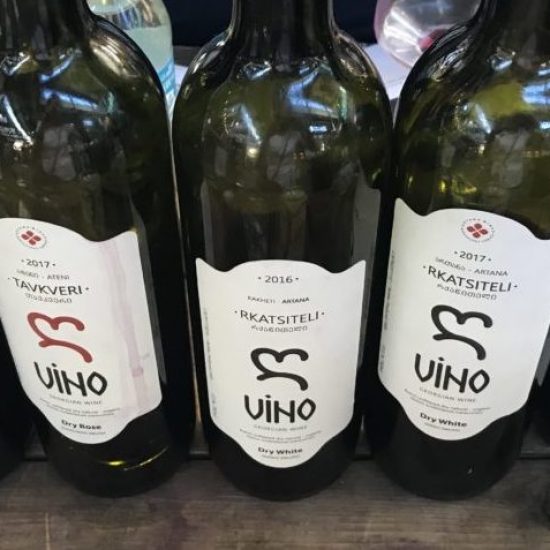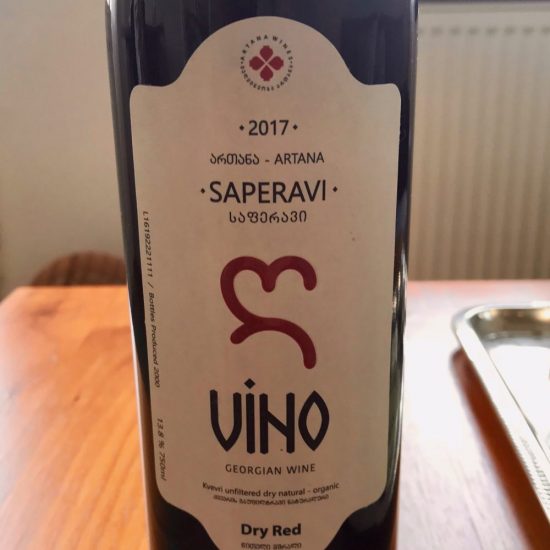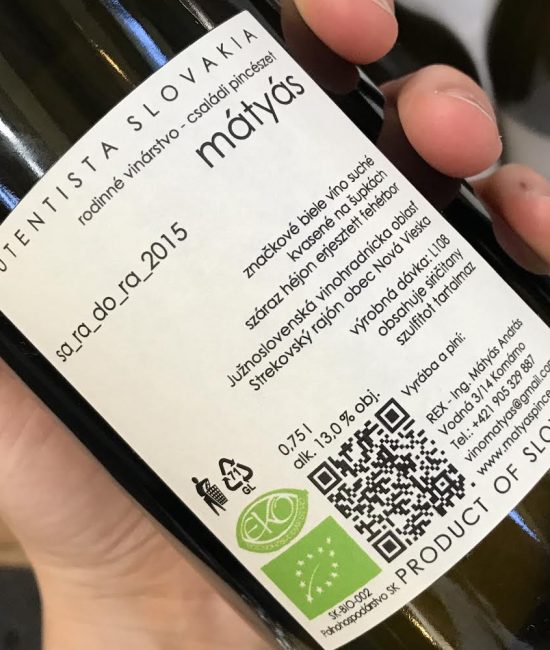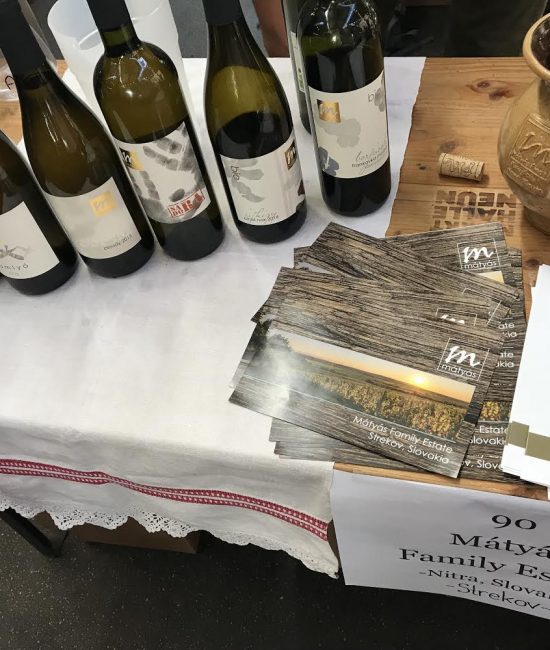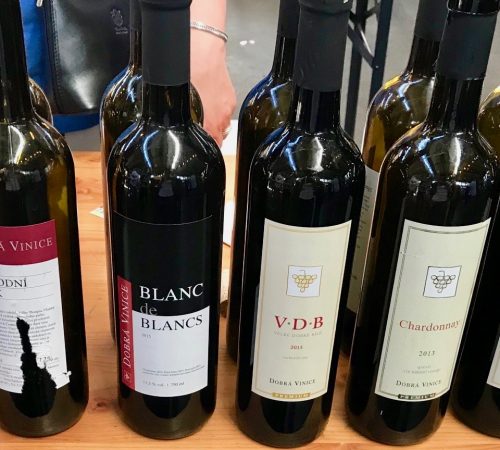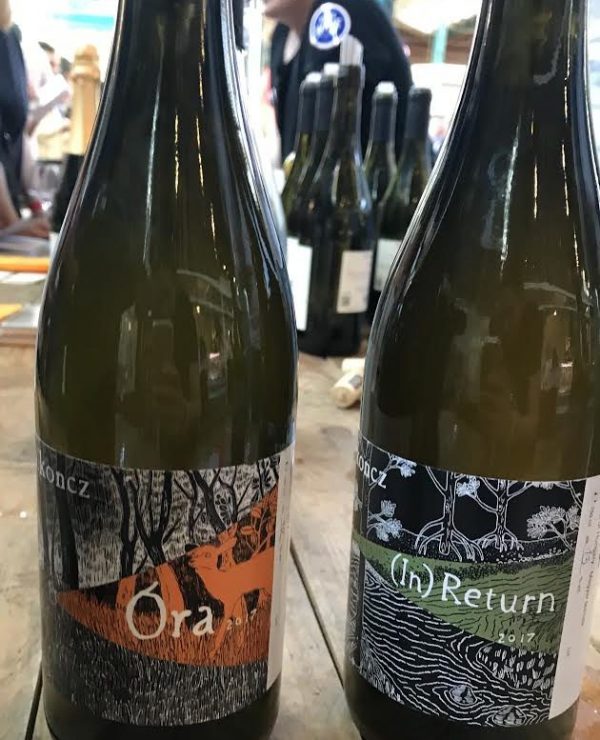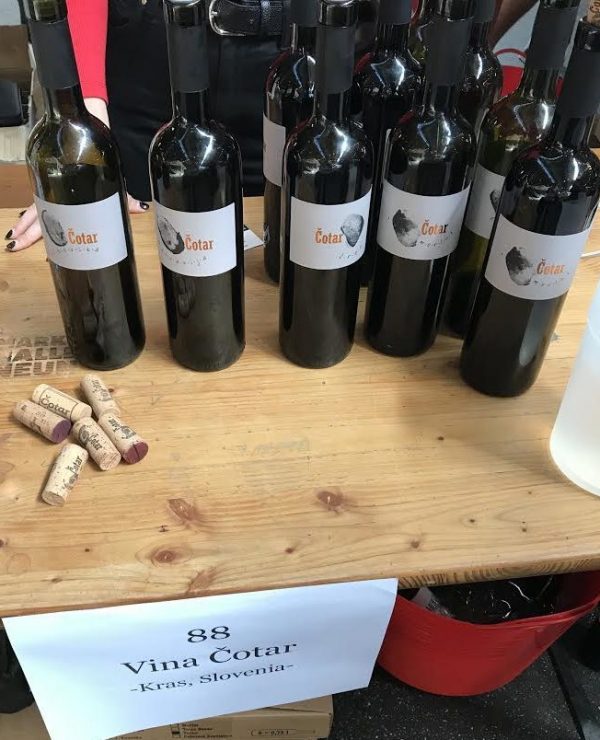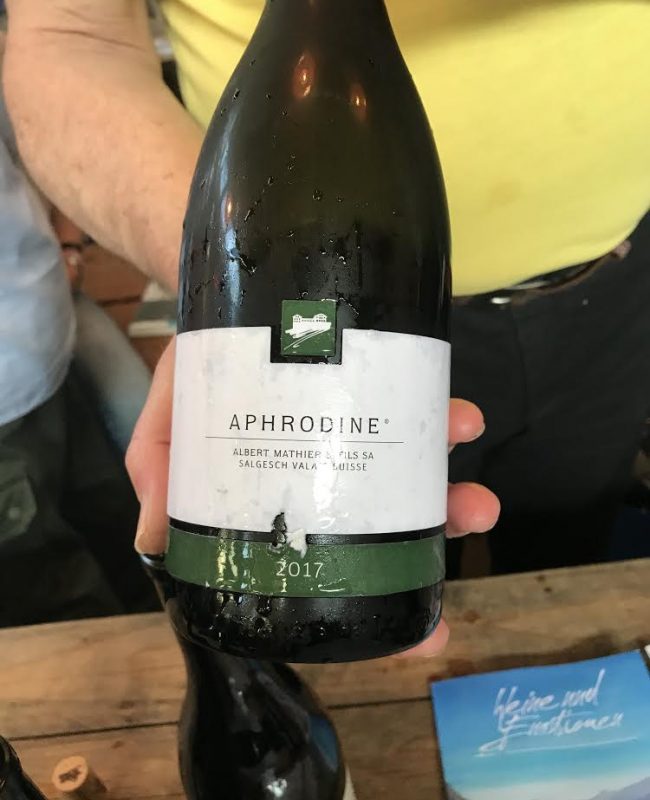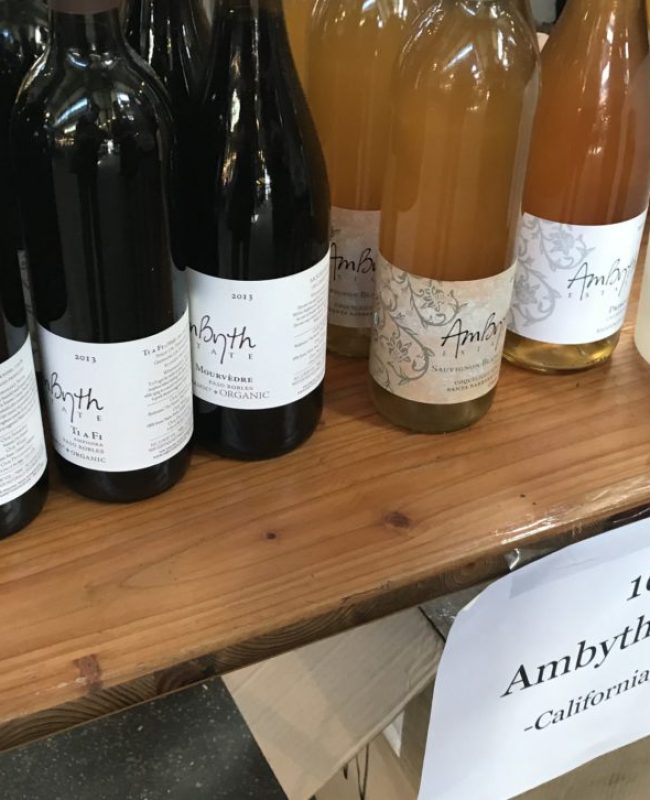Raw Wine
Fair 2018
Unique Raw Wine Discoveries
All wines featured at Raw Wine events are made with organic and/or biodynamic methods with nothing added or removed during farming or winemaking. The only added allowance is that of minimal sulfites at bottling. As founder Isabelle Legeron eloquently puts it, "They are the polar opposite of industrialized, big-brand, manufactured, nothing-but-alcoholic-grape-juice wines, that use imagery and suggestion to sell a product."
Before heading to Berlin for my first Raw Wine Fair, I studied the producer list to make sure I had a handle on who would be pouring wines from countries or regions I've never had the opportunity to taste.
Georgian Wine Highlights
Georgia has a group of enthusiastic and welcoming winemakers eager to explain the history and passion behind their wines. In particular, Artana Winery was showing their range of qveveri whites and reds from the Khaketi region on the slopes of the Caucasus mountain range.
My first experience with Georgian wine lived up to expectations and further peaked my curiosity of this 8k year old birthplace of wine. The native Saperavi red grape is intense and rich, the perfect match for cheese and meat. On the other hand, Artana’s Kisi white, a nearly extinct grape is a delicate blend of stone fruit and citrus notes. No longer under the tight grip of the Soviet Union, Georgian wine is speaking for itself and revealing just how tremendous it can be.
Slovakian Wine Discoveries
I was truly impressed by the quality and dynamism of the wines coming from Slovakia and the Czech Republic. They’re fighting their way back from communism-era mass production wines to create exceptional artisanal wines.
The Mátyás Family Estate wines from Nová Vieska, Slovakia in the Strekov region, were deliciously delicate and bold at the same time. Their elegant Pinot Noir was reminiscent of old world Burgundy, yet with a younger, more rebellious facade. Their whites did not disappoint either. I particularly enjoyed the 2015 SaraDora white blend pictured here. It’s comprised of Pinot Blanc, Riesling and Welschriesling. According to their notes, it’s made with two-week-long fermentation on skin, and 14 month aging in old oak barrels on fine lees. The color was a lovely, cloudy pale orange and the aromatics were pretty evident.
While still young, in my opinion the 2016 Újhegy Pinot Noir showed really great potential. It combined the characteristically Pinot components of cherry, raspberry and acid with good tannic strength and layers of complexity
Czech Republic Wines
The second big surprise for me were the stellar wines hiding in the Czech Republic region of Moravia, about an hour north of Vienna, Austria. Dobrá Vinice, whose vineyards are mostly located in the Podýjí National Park, is producing an array of mainly French single varietals and cuvees.
Their 2013 Rouge de Pinot Noir was uniquely refreshing, mineral, punchy and incredibly dynamic. Winemaker, Petra Nejedlíka, fermented this fantastic Pinot with skins in Georgian Qvevri for 11 months and then moved it to oak for another year. Find and drink this wine (far right in the photo), you won’t regret it! He’s also applying innovative (in reality, ancient) fermentation techniques to his whites, from Sauvignon Blanc, Chardonnay and Riesling. You can’t go wrong with Dobrá Vinice! For more check my Moravian wine region post.
Native & Rare Grape Favorites
The unique and delicious old vine wines from Réka Koncz once again furthered my love of Hungarian wine. Winemaker Anna’s whites are macerated with the skins and based mainly on the Királyleányka grape. This native grape is blended with Rhine Riesling, Furmint, or Hárslevelú, which are grown on volcanic soil producing aromatic and elegant floral wines.
Another interesting winemaker is Čotar, who produced the first orange wine I’d ever tried. I took a chance on a bottle of the Slovenian Vitovska years ago in New York, and I’m happy I did. It showed me just how diverse winemaking styles can be. Čotar’s heavily macerated white wines have enough fruit and tannin to stand up to bold foods, yet can also be enjoyed on their own. Skin contact/orange wines are best understood by trying them with and without food. This will allow you to taste the complexity and witness the evolution of these wines. They also make top reds including the native Refosco/Teran and Merlot and Cabernet Sauvignon.
Swiss & American Finds
Swiss wines are definitely worth seeking out during your travels. Unfortunately, it’s hard to find them outside of Switzerland, since very few are exported. Great examples I was able to try were those from Albert Mathier & Fils. His family vineyard is located in the steep terraced vineyards above the Rhône river in the Valais region. The fresh 2017 Aphrodine is made with the local Petite Arvine white grape, an underrated varietal. Known for its grapefruit character and long finish, its one of a kind and very hard to grow. Mathier’s Pinot Noir vintages were also very exciting and lovely expressions. In Switzerland, the Mathier family is not only making great wine, but they are also pioneering the use of Georgian Qvevri, the traditional vessel for winemaking that dates back over 7,500 years.
Ambyth Estate from the Paso Robles, CA wine region is going against the American grain and making old world, truly traditional wines. Their unique portfolio includes mainly French and Italian varietals, fermented in amphorae or neutral oak barrels. Their hearty orange (skin contact) Sauvignon Blanc was complex and unlike any I’ve had from California. I also really enjoyed their Mourvédre and Zinfandel red wines. Ambyth is both Biodynamic and Demeter certified and has become a great leader in organic, low-intervention winemaking in California.
All grape varietals tasted at the event are highlighted in bold. For more about Raw Wine and other organic, natural wine fairs please head to my events page.
If you want to learn more about natural wines, producers and practices, I highly recommend picking up Isabelle’s recently updated book Natural Wine: An introduction to organic and biodynamic wines made naturally. I was fortunate to have her sign my copy in Berlin and have really enjoyed reading it!
